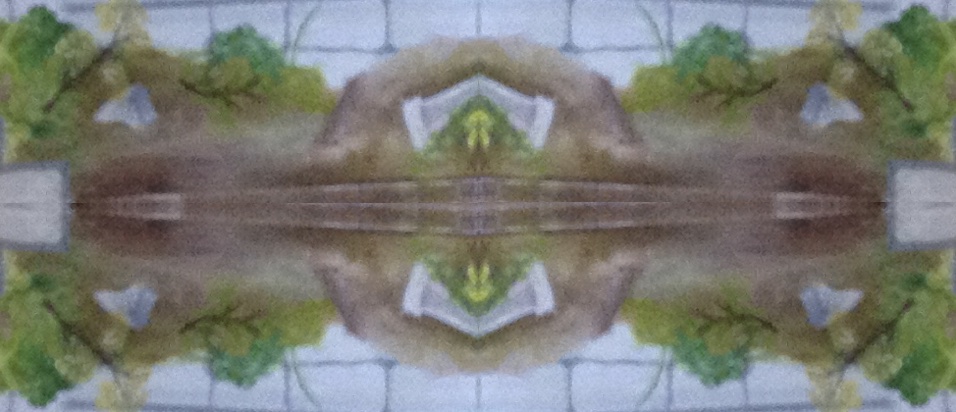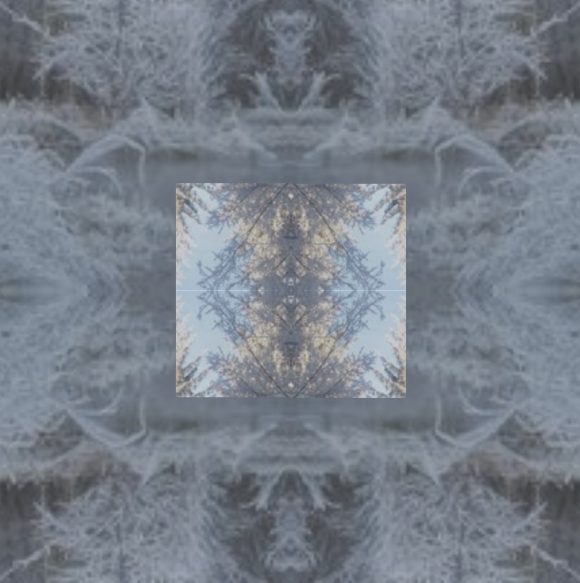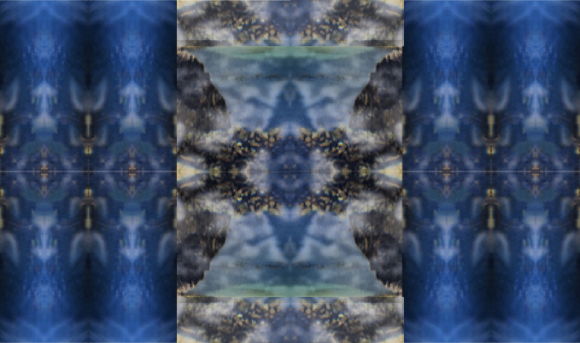In my last post I have outlined an interpretation of Hillman’s central idea of soul-making, and connected it with the notion of projection (in analytical psychology), the relationship between individual souls and the collective psyche, and the theoretical move of treating both individual human beings and ideas as souls which can be perceived as personalized. In the background of this line of thought, moreover, is the broader idea that soul-making, as a human activity, is something that can organize the way we live our lives, much in the sense in which ancient eudaimonistic philosophy thought of an ethical telos.

All of this is still, of course, mainly an interpretation of Hillman’s ideas; but I have also started to put it in the context of a theory of individuation, along the lines of Jung’s progression, in the development of an individual consciousness, through the development of a Persona, the confrontation with the Shadow, the engagement with the Anima, and finally the sporadic glimpses at a hidden meaning referred to, by Jung, as Geist (Spirit).
This theory, although famously originating in Jung’s work, is not exactly clear-cut; and my use of it, in putting Hillman’s ideas in its context, would not likely have met with Hillman’s agreement. After all, Hillman was critical of seeing individual development as the point of psychology; he would frequently associate it with the mythical heroic quest, and then point out that a mere stage in a person’s development (the youthful quest for making a contribution and finding one’s place in the world) should not stand for the whole of psychological dynamics.
[…] one realizes […] that the ego and all its developmental fantasies were never, even at the start, the fundament of consciousness […]. We would no longer be equating consciousness with one phase of it, the developmental period of youth and its questing heroic mythology.
Hillman, Anima, 91.
In part, this reflects an outdated understanding of when development happens in the lifecycle of a human individual: for most of the 20th century, there was a general assumption that the capacity for personal transformation, learning, reflective self-change and so on was at its peak in the early parts of one’s life (for a decade or so after one’s youth) and then would gradually degrade. This notion, that development is a feature only of one’s early years, is no longer generally held; although it is true that Jung himself held a view that the stages of the individuation process are closely connected with the biological lifecycle (adaptation and development of a Persona during one’s childhood, youth, and first decade of working life, confrontation with the Shadow and Anima only after midlife, and so on), we should read this as more an empirical finding during his own age: these psychological processes happened to occur with higher frequency in those lifecycle stages, not because they are systematically bound up with them, but for contingent reasons. Changing social structures and a more pluralistic spectrum of life choices have confirmed this to some degree (nowadays we see the stages of individual development happen and re-happen more frequently at all kinds of biological ages, and no longer exclusively in the years of youth).
But more importantly, the dynamic of the individuation process in Jung has always comprised more than just the adaptation of the conscious ego to the external world. That process includes stages such as the emergence of the Anima behind the Shadow; or the intimation of meaning behind Anima confusions, i.e. Spirit; and last but not least the various notions of a journey to the underworld, aka nekyia — and these stages don’t necessarily have to be interpreted along the lines of the hero myth. (They can be interpreted in that way, of course, and if they are, Hillman’s criticism has a point; but they don’t have to be, and I think that neither in Jung nor in Hillman they are.)
Furthermore, it is true that in Jung’s view the individuation process was directed at a specifically conceived end goal (the archetypal Self, generally conceived as a quaternio structure); Hillman rejected this notion of a teleologic vanishing point, and I think correctly so. But if we side with Hillman here, it doesn’t follow that we have to abandon the idea of the individuation process itself: we merely have to understand it as a (potentially infinite) dynamic of multiple stages without an end goal. The process is still directed, but it does not run towards an end state with any kind of pre-determined structural characteristics (see this older post for an analogy). And finally, if we follow Hillman in abandoning the notion of a (Jungian) archetypal Self, but hold on to the notion of stages on the individuation path, we should keep in mind that one of those stages (that of encountering a hidden meaning behind chaotic life processes) frequently appears personified in Jung’s work as Wise Old Man; and this stage in the process is by no means identical with its structural goal, the Self (as Hillman incorrectly claims).
So we should be careful not to throw out the baby with the bathwater here, and rather than concluding from Hillman’s rejection of the theory of the individuation process and its developmentalist core that we mustn’t integrate Hillman’s own ideas with it, we should consider where Hillman’s critique is valid (and where it isn’t), and make adjustments.
The adjustments are, broadly: first, not to make the mistake and uniformly take all the stages and dynamics of the individuation progression to conform to a single pattern (roughly, the hero myth); and secondly, not to misunderstand the directedness of the process as leading towards a structural goal. As long as we keep this in mind, we can fruitfully combine Jung’s progression and Hillman’s detailed development of many of its components.



